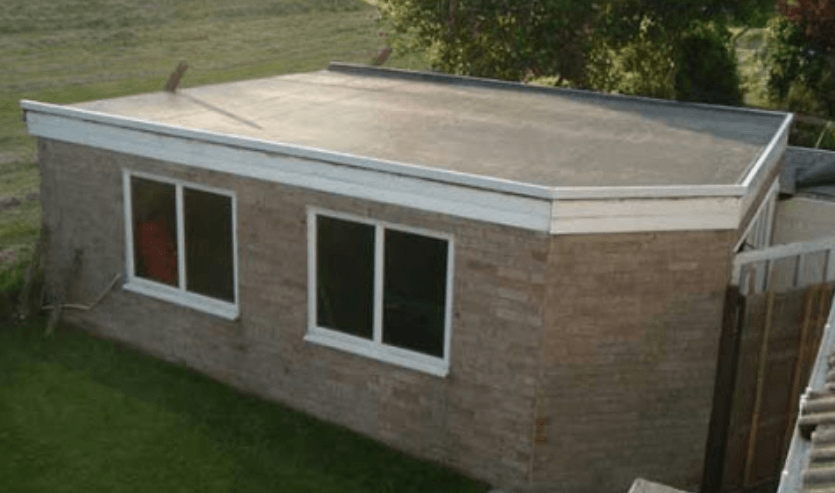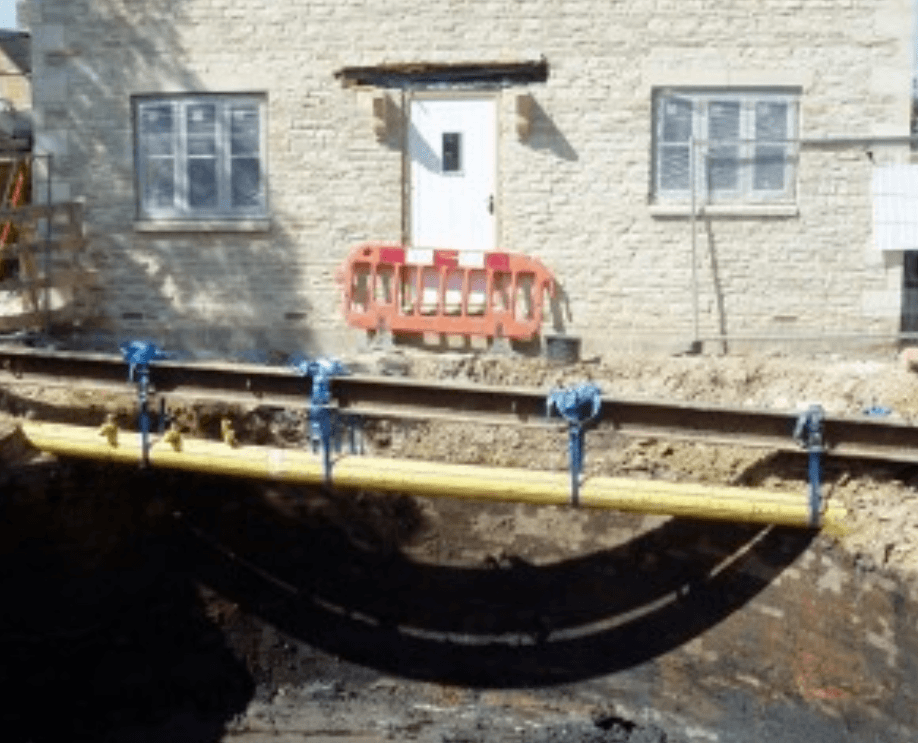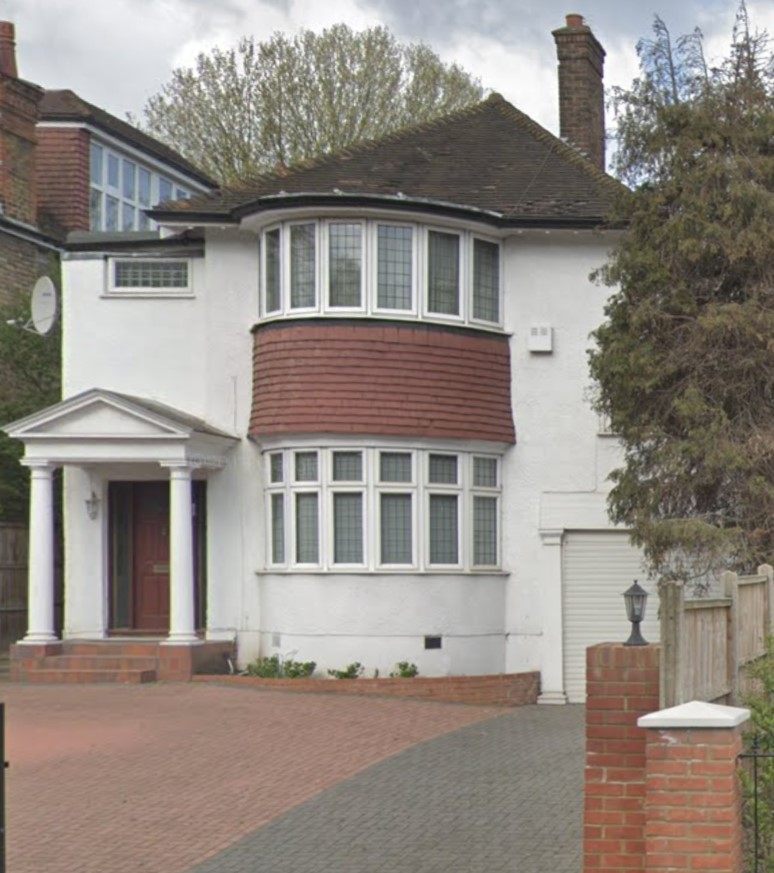
- Get Equity Release for New-build Properties in 2025
- New build properties accepted
- Heavily refurbished homes or houses converted to flats
- Variable rates as low as 5.45% APR
- Fixed rates at 5.3%
- No monthly repayments unless you want to pay the interest
- Use the money you release for anything you like
- Stay living in your own home
How much can I release?
You can borrow 70% of your property’s value. For example, if your house is worth £300,000, you can release £210,000.

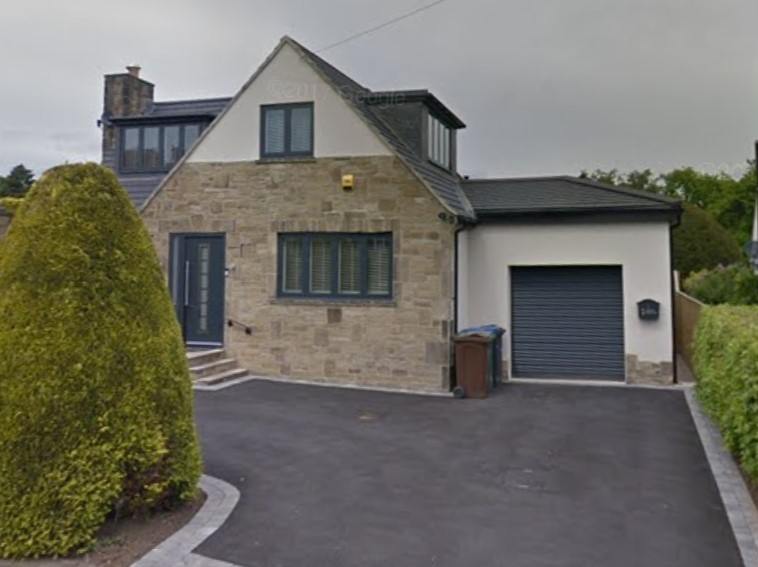
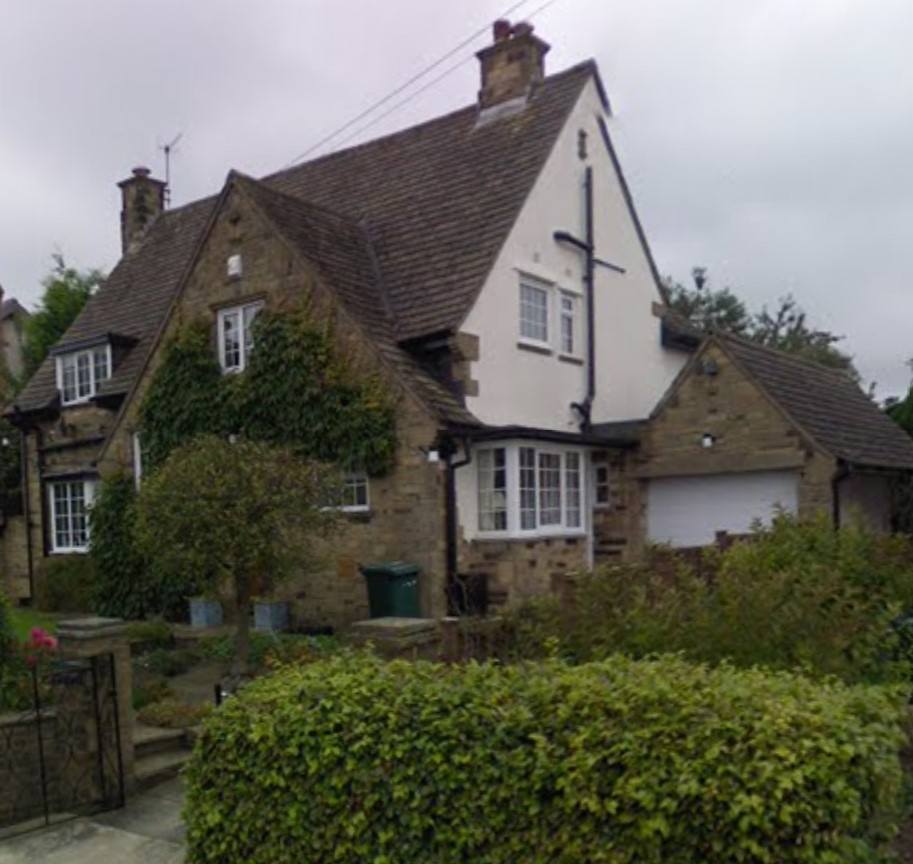
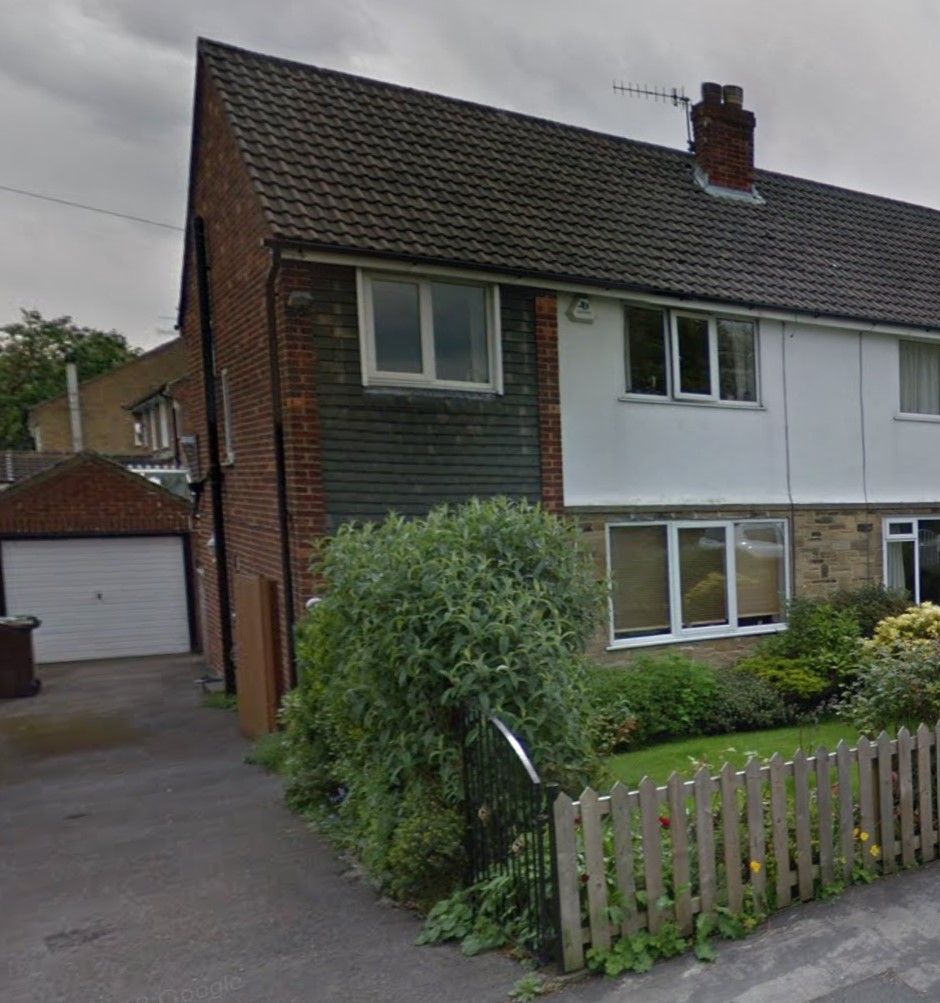
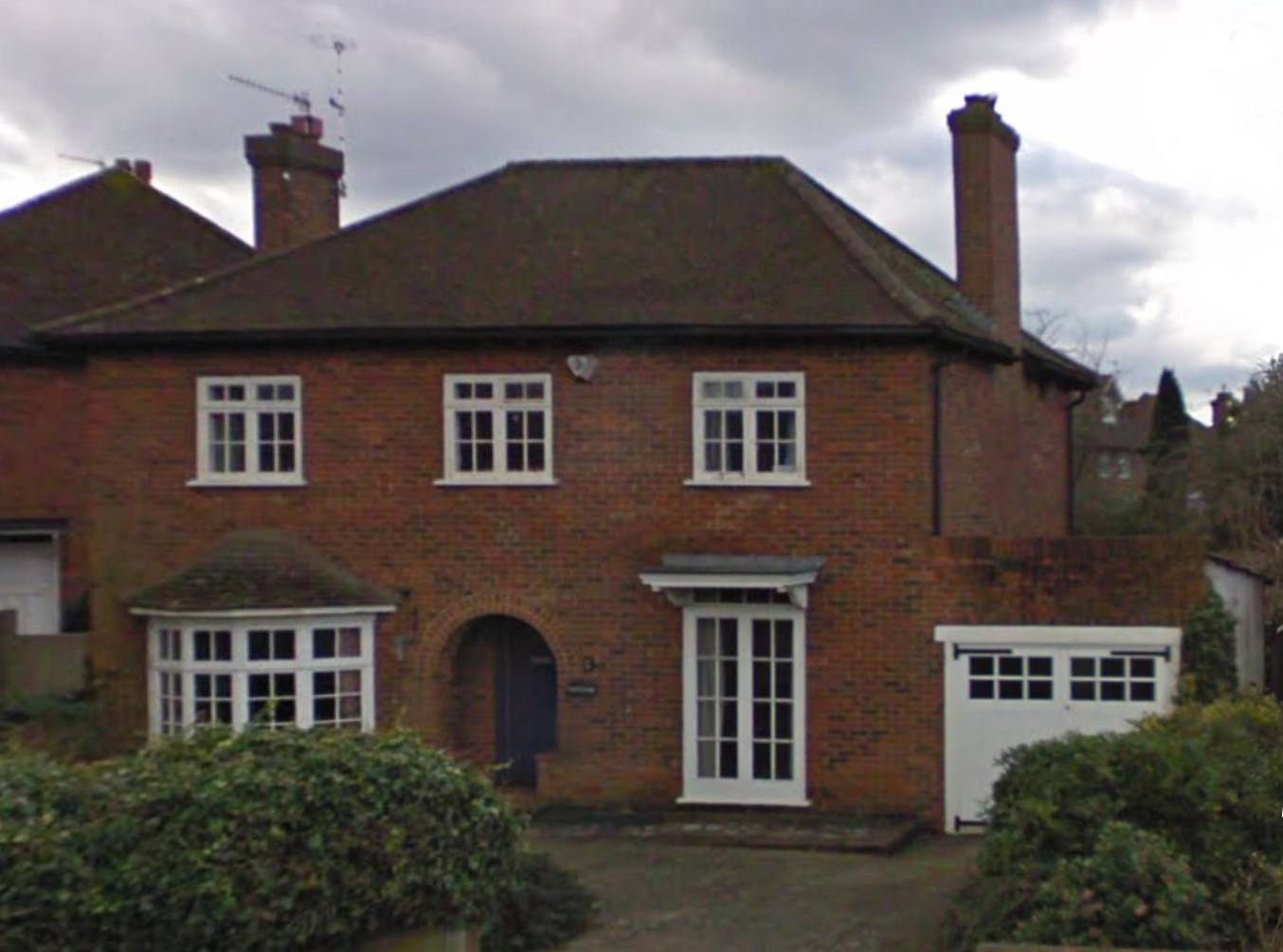
UK Equity Release Scheme Lenders
- Aviva
- Pure Retirement
- Key Solutions
It is common to encounter people seeking out home reversion plans, monthly payment lifetime mortgage or monthly payment equity releases; however, Sunlife Plans like Old Mutual Wealth are keen to see evidence of your personal situation in the form of investment statements.


Tough to-mortgage home variants include properties with a sinking fund of 7% or more of the property sale price when the property is sold, leasehold properties with a short lease, typically less than 70 years, or a defective lease, the property is uninhabitable, corrugated iron construction and Airey, Boot, Cornish Unit, Dorran, Dyke, Gregory, Hamish Cross, Myton, Newland, Orlit and Parkinson Frame.

Challenging to finance property titles can include grade ll Listed houses (grade C in Scotland and B2 in Northern Ireland), properties with a large number/scale of outbuildings, properties with a small number of solar panels or a wind turbine on the land for domestic use, properties where there is a self-contained part of the property or annexe, i.e. basement flat etc and properties adversely affected by existing or proposed issues including roads, rail, airports, power plants, power lines/pylons, wind turbines, substations, sewage works, quarries, fuel stations, refuse sites, sports grounds, noise, light or environmental pollution.

Small business owners detail likely with equity to release from their homes
- Growing of other perennial crops in Northwich
- Sale of new cars and light motor vehicles Hayes
- Manufacture of other inorganic basic chemicals South Kirkby and Moorthorpe
- Retail sale of carpets, rugs, wall and floor coverings in specialised stores Burntwood
- Extraction of natural gas Nelson
- Other residential care activities n e c Modbury
- Manufacture of men’s underwear Bletchley and Fenny Stratford
- Raising of sheep and goats Hednesford
Difficult-to-mortgage property types include difficult roof structures, properties with single skin brickwork where the single skin comprises more than 20% of the surface area of the external walls, privately developed flats, maximum four storeys with a lift, former local authority flats and privately developed flats in blocks of three or four storeys without a lift.
- Other passenger land transport Havant
- Wholesale of agricultural machinery, equipment and supplies Cirencester
- Other cleaning services Boston
- Other specialist photography Bromsgrove
- Construction of utility projects for fluids Hawkinge
- Cutting, shaping and finishing of stone Weston-super-Mare
- Retail sale in non-specialised stores with food, beverages or tobacco predominating Market Weighton
- Defence activities Ongar
- Water collection, treatment and supply Filey
- Real estate agencies Knutsford
Hard-to-finance property variants include properties where proposed building works have not yet commenced, properties where letting arrangement where the tenancy agreement is not appropriate, leasehold properties (England, Wales, Northern Ireland) subject to a lease length of 160 years, properties with unregistered titles subject to these being registered as part of the legal process and properties owned under any form of shared equity scheme.
Towns of the UK where Lifetime Mortgages are common – Equity Release for New-build
- Cockermouth
- Sevenoaks
- Bingham
- Keynsham
- Berkhamsted
- Grassington
- Brentwood
- Skelton-in-Cleveland
- Leek
- Todmorden
- Launceston
- Birchwood
- Cleator Moor
- Lynton & Lynmouth
- Marlow
- Market Weighton
- Cirencester
- Alston
- Bishops Waltham
The 1st and 2nd charge lender will want to know if the property is a Detached freehold house or a Leasehold flat with share of freehold and if the resident is an AST Tenant.

Does Hanley Economic Building Society have positive reviews for equity release?
Yes, Hanley Economic Building Society reviews are commendable for equity release.
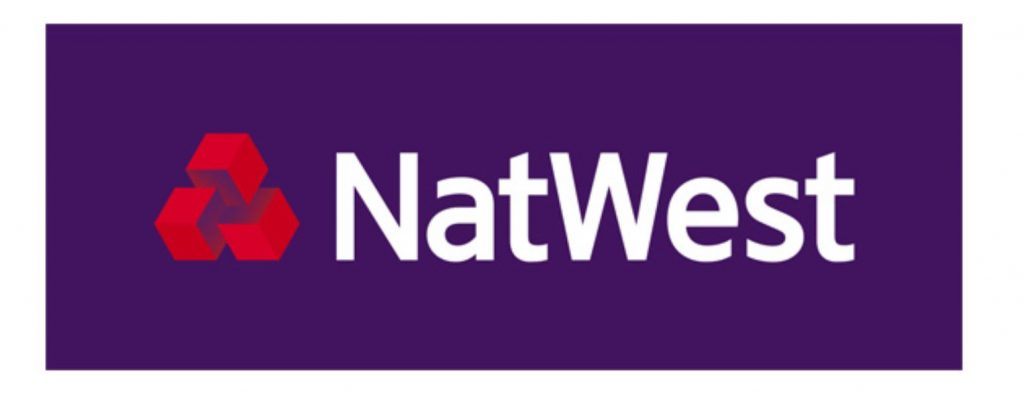
What are the current Hanley Economic Building Society interest rates for equity release?
Hanley Economic Building Society interest rates for equity release are 1.92% APRC.

Some of the most common loan to value percentage ratios of Virgin Money retirement mortgages over 65, Shepherds Friendly interest only retirement mortgages for over 70s, Churchill lifetime mortgages for people over 55, Coventry Building Society mortgages for over 65, Nottingham Building Society pensioner mortgages over 55 and Progressive Building Society mortgages for people 60 plus are 50%, 60% and 65%.

Equity Release percentages of your current property value – Equity Release for New-build
- 55% home reversion schemes LV Liverpool Victoria
- 60% loan to value monthly payment lifetime mortgage Lifetime Mortgage from L&G
- 55% loan to value monthly payment life time mortgage Lifetime Mortgage from L&G
- 25% LTV monthly payment equity release Equifinance
- 60% loan to value home reversion plans Equifinance
- Equity Release for New-build 60%
- 30% loan to value (LTV) monthly payment lifetime mortgage Santander
Does Hanley Economic Building Society offer Equity Release?
Yes, Hanley Economic Building Society Equity Release is 5.19% MER.
Typical loan to value percentage ratios of LV= mortgages over 65, More to Life over 60 lifetime mortgages no fees, OneFamily pensioner mortgages over 60, Yorkshire Bank later life interest only mortgages over 60, Royal London over 60 lifetime mortgages no fees and Sun Life later life mortgages for over 70s are 50%, 55% and 70%.
Equity Release LTV
The older you are and the more serious your illnesses, the more money you can release.
- Bridgewater Equity Release Schemes
- Stonehaven Interest Only Lifetime Mortgage
- Nationwide Equity Release Plans
- Bridgewater Equity Release Plans
- Liverpool Victoria LV Equity Release Plans
- Nationwide Equity Release
- TSB Lifetime Interest Only Mortgage
- Royal Bank of Scotland Equity Release Plans
- More to life Flexi Choice Voluntary Payment Super Lite
- Bridgewater Lifetime Mortgage
- Hodge Lifetime Mortgage Plus
- Pure Retirement Classic Voluntary Payment Super Lite
- TSB Equity Release Plans
- NatWest Equity Release Plans
- Age Partnership Equity Release
- Just Retirement Interest Only Lifetime Mortgage
- Pure Retirement Equity Release Plans
- Stonehaven Equity Release Plan
- Lloyds Bank Equity Release
- NatWest Interest Only Lifetime Mortgage
- Saga Lifetime Mortgage
- Age Partnership Interest Only Lifetime Mortgage
Does Hanley Economic Building Society do Pensioner Mortgages?
Yes, Hanley Economic Building Society Pensioner Mortgages are 2.09% APRC.
Drawbacks of Lifetime Mortgages
Interest-only lifetime mortgages can reduce your estate value. A monthly payment lifetime mortgage may impact the ability to claim entitlements. You may need to pay a broker’s fee and you could be exposed to changes in interest rates with some products.
Does Hanley Economic Building Society do Retirement Mortgages?
Yes, Hanley Economic Building Society Retirement Mortgages are 5.11% MER.
Some of the most popular LTV percentages of Lloyds lifetime mortgages for over 55s, over 60 lifetime mortgages, Halifax equity release plans for people over 60, L&G interest only lifetime mortgages for over 60s, Royal Bank of Scotland interest only lifetime mortgages for people over 60 and Nationwide BS lifetime mortgages for over 60s are 35%, 60% and 70%.
Does Hanley Economic Building Society offer Equity Release Under 55?
Yes, Hanley Economic Building Society Equity Release for Those Under 55 is available at 1.99% APR.
- Monmouthshire Building Society Mortgage Rates 2025
- Natwest Retirement Mortgage Providers
- Mortgage New Build
- Lifetime Mortgage For Land Purchase
- Mortgages Over 65
- Bridgewater Equity Release Interest Only
Understanding Equity Release and Lifetime Mortgage Rates
Equity release has grown in popularity among the UK’s older population, presenting an avenue to unlock wealth tied up in property without needing to move. There are several forms of equity release, with lifetime mortgages being the most common. Let’s delve into the intricacies of these financial products.
The Basics of Equity Release
Equity release allows homeowners aged 55 and over to release funds from their property’s equity. This is achieved either through a lifetime mortgage or a home reversion plan. While the latter involves selling a part or all of your home, the former allows you to secure a loan against your home. You retain ownership and typically don’t have to make any repayments while you’re alive.
How Equity Release Works
Upon deciding to release equity, the amount you can borrow essentially depends on your age and the property’s value. Typically, the older you are, the more you can release. When the homeowner dies or moves into long-term care, the house is sold, and the proceeds are used to pay off the loan.
Understanding Lifetime Mortgage Rates
Lifetime mortgages, the most popular form of equity release, have a set of interest rates that determine the loan’s cost over its lifetime.
Fixed vs. Variable Interest Rates
Like traditional mortgages, lifetime mortgages can have fixed or variable interest rates. A fixed-rate ensures that the interest remains consistent for the mortgage’s duration, while variable rates fluctuate based on market conditions.
Roll-up Interest
Most lifetime mortgages operate on a roll-up interest basis, meaning you don’t make monthly repayments. Instead, the interest is added to the loan amount and compounds over time. This can lead to the loan amount growing quickly.
Interest Only Lifetime Mortgage Rates
There’s the interest-only lifetime mortgage for those who prefer to make repayments and reduce the impact of compound interest.
How It Differs from Standard Lifetime Mortgages
Unlike standard lifetime mortgages, with interest-only products, you make regular payments to cover the interest. This prevents the loan from increasing, ensuring the initial amount remains constant.
Eligibility and Considerations
Interest-only lifetime mortgages might not be suitable for everyone. Lenders often require proof of regular income to ensure borrowers can keep up with repayments. Those considering this option should assess their monthly budget and ensure they can maintain the payments.
Retirement Interest Only (RIO) Mortgage Rates
RIO mortgages are a relatively new offering in the mortgage market, catering specifically to older borrowers.
Basics of RIO Mortgages
With RIO mortgages, borrowers make monthly interest payments, ensuring the loan balance remains constant. The capital is repaid when the homeowner dies, sells the property, or moves into long-term care.
Benefits of RIO Mortgages
RIOs often have lower interest rates than standard lifetime mortgages. They’re a viable option for those with a stable post-retirement income, looking to access property wealth without the loan amount compounding.
Comparing RIO to Other Mortgage Rates
While RIOs can have more attractive rates, comparing them to other products is crucial. Pensioner mortgage rates, for instance, cater to retirees but differ in terms of eligibility and repayment structures.
Choosing the Right Equity Release Product
With various equity release products available, choosing the right one depends on your financial situation, goals, and preferences.
Assessing Your Needs
Before releasing equity, it’s crucial to evaluate why you want to do so and how much you need. Are you looking for a lump sum, a drawdown facility, or a regular income?
Consulting Financial Advisors
Professional advice can be invaluable when navigating the equity release landscape. Advisors can offer insights into retirement mortgage rates, the latest RIO mortgage rates, and guide you through the potential impacts on your estate and inheritance.
Consider Long-term Implications
Equity release can affect your eligibility for means-tested benefits, the value of your estate, and your family’s inheritance. Before making a decision, discussing your intentions with your loved ones is essential.
Equity Release Rates in the Modern Era
The equity release market is continually evolving, with new products and features emerging to cater to the changing needs of the aging population.
Regulations and Safeguards and interest only Retirement Mortgage Rates
Regulation in the equity release market ensures consumer protection. The Equity Release Council, for instance, sets standards and principles that members must adhere to, ensuring transparency and fairness.
Flexible Features
Modern equity release products include features like downsizing protection, which allows borrowers to move to a smaller property without incurring penalties. You can also ring-fence a portion of your property’s value to leave as an inheritance.
Retirement interest only mortgage rates
In its various forms, equity release provides homeowners with a means to access their property wealth in their later years. Understanding the associated rates, benefits, and implications is crucial, whether through a standard lifetime mortgage, an interest-only product, or an RIO. With thorough research, consultation, and consideration, equity release can be a beneficial financial tool in retirement.
- Cambridge Building Society Histon Retirement Mortgages
- Sunlife Lifetime Pensioner Mortgage Calculator
- Nationwide Lifetime Mortgage Drawdown Scheme
- Just Retirement Equity Release Pensioner Mortgage Home
- Key Advice: Lifetime Interest Only Mortgage House
- Nationwide Mortgage Age Limit
- Halifax Equity Release Loan
- Santander Over 55 Mortgage
Deciphering the Landscape of New Build Mortgages
The UK property market offers diverse options for potential homeowners, from charming period homes to sleek new-build properties. Given their modern amenities and often energy-efficient designs, the latter are becoming increasingly popular among first-time buyers and investors. This trend has given rise to various mortgage products specifically designed for new builds. In this comprehensive guide, we’ll cover everything from deposit requirements to the unique nuances of securing a mortgage for a newly built property.
New Build Mortgages: The Basics
Definition and Key Features
A new-build mortgage is a financial product designed specifically for purchasing newly constructed properties. It often comes with specific stipulations that differentiate it from standard mortgages, mainly because of the perceived risks associated with properties that haven’t been lived in or may not yet be entirely constructed.
The Appeal of New Build Homes
Newly constructed homes often captivate buyers with their modern designs, warranties, and sometimes, incentives like new build deposit contributions from developers. For those leaning towards sustainability, new builds usually conform to the latest energy efficiency standards.
Understanding LTV Ratios and Their Impact
Loan-to-value (LTV) is a crucial metric in the mortgage world. It denotes the ratio between the loan amount and the property’s value. So, a 90 LTV mortgage for a new build implies that you’re borrowing 90% of the property’s value with a 10% deposit.
New Builds and Higher LTVs
It’s not uncommon for new-build properties to have higher LTV requirements. Products like 90-year mortgages on new-build or even 95-year mortgages can be found, though they might carry slightly higher interest rates given the increased risk to lenders.
Deposit Dynamics for New Builds
Deposits are a cornerstone of the home-buying process. With new builds, schemes promoting lower deposits to encourage first-time buyers are often the focus.
The 5% Deposit Scheme
Some newly built properties are available with a five-deposit mortgage new build, meaning buyers only need to put down 5% of the property’s value. This can be particularly attractive to those with a stable income but who haven’t had time to save a larger deposit.
Buy-to-Let New Build Ventures
For investors, buy-to-let new-build properties can be appealing. The allure lies in modern properties that might attract renters willing to pay a premium. However, investors should be aware of 15-year deposit buy-to-let mortgages, which may require a larger upfront investment than owner-occupier deals.
The New Build Mortgage Process
Securing a mortgage for a new build isn’t vastly different from securing a mortgage for a standard property purchase, but there are a few nuances.
Valuation and New Build Premium
A new build valuation is essential, as lenders want to ensure they’re not lending more than the property’s worth. Given that new builds often come at a new build premium – essentially, a markup because everything is new – it’s crucial the valuation reflects the actual market value.
When to Secure the Mortgage
A common question concerns the timing: Do you need a mortgage in principle to reserve a new build? It’s advisable, as this demonstrates to developers that you’re serious and financially vetted. Yet, the entire mortgage application will only be finalised closer to the property completion date.
Deposit Timing: When Do You Pay?
Understanding when do you pay deposit on a new build is vital. Often, developers require a reservation fee to secure the property, followed by the exchange of contracts, during which a portion, if not all, of the deposit is paid.
Exploring Incentives: Developer Loans and Contributions
Developers often entice buyers with various incentives, from covering stamp duty fees to offering new build deposit contributions. Additionally, some offer new build developer loans, a form of financial assistance to facilitate the purchase.
Navigating Interest Rates and Mortgage Deals
Interest rates fluctuate based on several factors, including property type and perceived lending risks. New build mortgage rates might sometimes be slightly higher than those for older homes. However, buyers can secure competitive rates with thorough research and possibly seeking fixed-rate deals.
New Build Challenges: Are They Hard to Sell?
There’s a notion that new builds are hard to sell, stemming from the immediate depreciation once they’re inhabited. It’s akin to driving a new car off the dealership. Yet, a well-maintained new build in a desirable area can hold its value and appeal to future buyers.
Tools and Resources for New Build Buyers
Calculating the Costs: New Build Mortgage Calculator
A new build mortgage calculator can be an invaluable tool for potential buyers. You can gain an overview of potential monthly repayments by inputting details like property value, desired LTV, and interest rates.
Exploring Properties: New Build Homes in London for First Time Buyers
Cities like London have seen a surge in new developments, primarily geared towards new build homes London first-time buyers. These properties, often in emerging neighbourhoods, offer modern living within the bustling capital.
Do you need to release equity?
The world of new build mortgages is vast and varied. From understanding LTV ratios and deposit schemes to navigating developer incentives and calculating potential repayments, there’s a lot for potential buyers to digest. Whether you’re a first-time buyer or an investor eyeing a buy-to-let new build, being armed with knowledge and conducting thorough research will pave the way for a smooth property purchase journey.
- Contaminated Property Equity Release
- Rbs Retirement Mortgage Interest Rates
- Bath Building Society Equity Release Interest Rate
- Key Retirement Equity Loan
- Scottish Building Society Over 50 Mortgage
- Age Partnership Age
- Mortgage For Pensioners
- Beverley Bs Lifetime Mortgages
- Aldermore Pensioner Mortgage Calculator
- Ni Over 70 Mortgage
Delving into Lifetime Mortgage Interest Rates and Equity Release Schemes in the UK
Understanding the realm of lifetime mortgages and equity release, particularly for those aged 60 or older, is crucial for many retirees in the UK. These financial products offer a way for older homeowners to tap into the equity of their homes without having to sell. While intertwined with the topic of new builds and mortgage specifics, we’ll explore both domains comprehensively.
Lifetime Mortgages for Those Over 60
Basics of Lifetime Mortgages
A lifetime mortgage allows homeowners, usually aged 60 or above, to borrow a proportion of their home’s value. Interest is then accrued on this amount, and the total sum (loan + interest) is repaid once the homeowner either passes away or moves into long-term care.
Interest Rates and Implications
Lifetime mortgage interest rates play a pivotal role in determining the eventual repayment amount. The compound nature of the interest on these mortgages can make the debt increase quickly. Therefore, potential borrowers need to understand the rate offered and how it might fluctuate over time.
Equity Release Schemes for Those Over 70
Understanding Equity Release
Equity release refers to products that allow homeowners to access their property’s equity in the form of a lump sum, regular income, or both. The money can be repaid from the sale of the house, typically upon death or relocation to a care facility.
Rates and Costs
Equity release rates, especially for those over 70, might differ based on the product’s nature, the home’s value, and the homeowner’s age. As with lifetime mortgages, the compound interest aspect is crucial to grasp, as the final repayment sum can grow exponentially.
Navigating the World of New Builds
What is a New Build?
Simply put, what is a new build? It refers to freshly constructed properties that have never been lived in. These properties stand in stark contrast to pre-existing residential structures and come with advantages and considerations.
Financing and Mortgages for New Builds
When considering can I get a mortgage to build a house, the answer is a resounding yes. Financial products such as 95 mortgages new build allow for just a 5% deposit, enabling homeowners to procure newly built properties with a smaller upfront investment. The build mortgage product realm is expansive, catering to both personal homeownership and investment ventures.
Help to Buy and Its Relation to New Builds
Many ask, is help to buy for new builds only? The UK Help to Buy scheme is primarily tailored for new builds, helping first-time buyers step onto the property ladder. With options like homes with 5 deposit and houses with 5 deposit, the initiative is designed to make homeownership more accessible.
New Build Financing Nuances
When venturing into the world of new builds, understanding the financing intricacies becomes paramount. Queries like can you get a mortgage to build a house or its variation, can you get mortgage to build a house, arise frequently. The answer invariably leans towards the affirmative, with several products like a mortgage to build a home, building mortgage, house building mortgage, and more available in the market.
Regional Variations and Schemes
Different parts of the UK offer tailored schemes. For instance, the Help to Buy London New Build scheme caters specifically to the capital’s residents. Similarly, the 5 deposit mortgage Scotland scheme assists Scottish residents in purchasing newly built homes with a smaller deposit.
The Process and Costs
Potential homeowners often ponder the process’s financial implications when considering a new build. From understanding the cost of new build companies to navigating the home builder’s mortgage, financing a new build is a multifaceted endeavour. The journey involves understanding various elements, such as the mortgage for building a home, mortgages to build a house, and the overarching concept of building a house mortgage.
Exploring New Build Schemes in the UK
The UK government and private developers often introduce schemes to boost the housing market and facilitate homeownership.
Help to Buy and Its Exclusivity
A frequently asked question remains: why is help to buy only for new builds? This scheme’s design primarily supports newly constructed homes, ensuring the continued growth of the housing market and offering incentives to first-time buyers.
New Build Schemes for First-time Buyers
First-time buyers in the UK have several schemes to help them achieve their homeownership dreams. The new build first-time buyer scheme is among them, and it is explicitly designed to cater to those entering the property market for the first time. Similarly, platforms like Gocompare house prices can assist in comparing property values and ensuring buyers get the best deal.
New Build Assistance Programs
Several assistance programs help potential homeowners navigate the realm of new builds. From understanding the new build equity loan to navigating the new build government scheme, these programs ensure informed decisions. Whether looking to buy a newly built home, exploring cheaply built homes, or merely comparing built house prices, potential homeowners have many resources at their disposal.
New Build Homes Across the UK
With the increasing demand for modern living spaces, new builds and new-build homes in the UK are on the rise.
- Nottingham Building Society Mortgage
- Shared Equity Release Comparison
- Lloyds Lifetime Mortgage Interest Only Rates
- Cheshire Building Society Equity Release Pensioner Mortgage
- Interest Rates On Equity Release
- Manchester Building Society Over 75 Mortgage
- Furness Building Society Pensioner Mortgage
- Mansfield Building Society Mortgage Rates 2025
- Hanley Economic Building Society Lifetime Mortgage
- Lifetime Mortgage Providers
- Interest Rates On Equity Release
- Lv Equity Release On Flat
- Dudley Building Society Equity Release Home
- Hinckley & Rugby Building Society Over 50 Mortgage
- Saffron Building Society Equity Release UK
- Skipton Building Society Later Life Mortgages
- Newbury Building Society Retirement Mortgage
- Marsden Building Society Equity Loan
- Edinburgh Interest Only Lifetime Mortgage
- Derbyshire Building Society
- Best Mortgages For Over 50s Pensioner Mortgage Loan
- Yorkshire Bank Over 55 Mortgage
- Newcastle Building Society Later Life Mortgages
- Harpenden Building Society Equity Loan
- Penrith Building Society Over 50 Mortgage
- Roof Thatching
- Equity Release Mortgage Under 55
- Best Mortgages For Over 50s Retirement Mortgage House
- Nationwide Equity Release
Appealing pensioner mortgage products are TSB mortgages for over 50 year olds, later life interest-only mortgages over 60, Post Office over 60 mortgages, L&G retirement interest-only mortgages and Nationwide lifetime mortgages.
Does Hanley Economic Building Society offer Lifetime Mortgages?
Yes, Hanley Economic Building Society does lifetime mortgages at 5.83% MER. Hanley Economic Building Society Lifetime Mortgages have a loan to value (ltv) of 75%.


